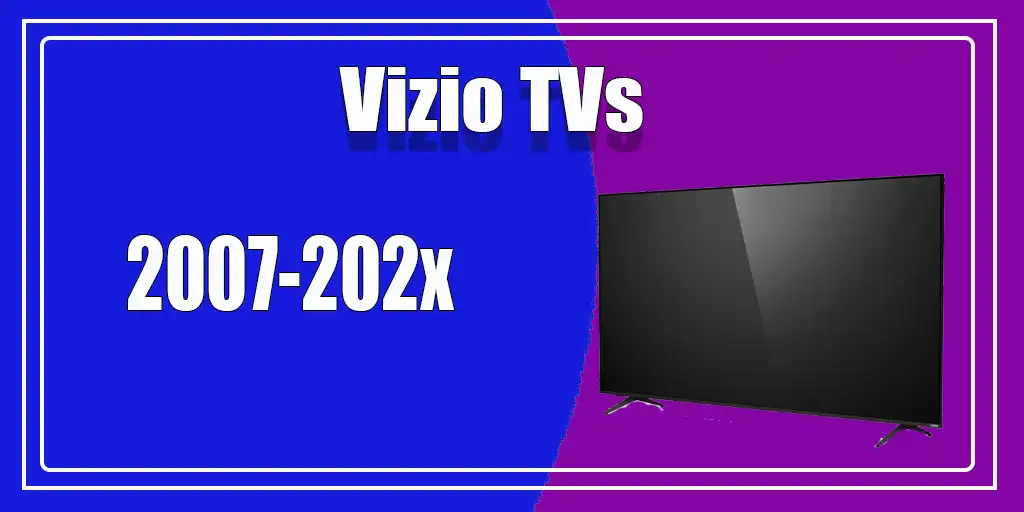Foundation and Early Market Entry (Before 2007)
The founders of Vizio took a path that seemed promising at the time: instead of manufacturing, they focused on selling electronics under their own brand. The company stood out with its strategy of offering high-quality TVs at affordable prices. Vizio began with flat-screen TVs and quickly captured the market by providing models comparable in quality to competitors but at a lower cost.
2007–2010: A Successful Start
Focus on Affordability. Vizio became synonymous with affordable HDTVs. The brand concentrated on LCD technology, targeting a broad consumer base. By 2007, Vizio had become one of the top-selling television brands in the United States.
2011–2015: The Smart TV Era Begins
First Steps in Smart TVs. This period marked the advent of Smart TVs. In 2011, Vizio released its first Smart TV models with internet applications. These TVs were essentially prototypes with a limited range of features, such as a built-in browser or YouTube app. By 2015, the company launched its own operating system for TVs, solidifying its market position.
2016–2023: New Challenges and Transformation
Transition to SmartCast OS. In 2016, Vizio introduced SmartCast OS, allowing the company to generate revenue from advertising within the system. However, this coincided with a decline in sales, as competition from Chinese manufacturers intensified. That same year, the company owners attempted to sell Vizio, but the deal fell through.
Introduction of TV Series. Vizio began dividing its TVs into series, such as D, M, P, and V. However, these designations often left buyers confused. In 2020, the company attempted to produce OLED TVs, but the effort was unsuccessful, and OLED production was discontinued.
2023 Crisis. In 2023, Vizio presented almost no new models, signaling a challenging period. In 2024, it was announced that Walmart had acquired the company.
2024: Strategy Update and New TV Series
Redefining Product Lines. In 2024, Vizio revamped its approach to TV production. Instead of the previous series (M, P, etc.), the company introduced new lines categorized by screen resolution and type: HD, Full HD, 4K, and Quantum.
Despite holding a significant market share, Vizio’s focus on the budget segment has affected the brand’s perception. Many buyers associate Vizio TVs with budget and average-quality products, even though the company remains a key player in the market.






